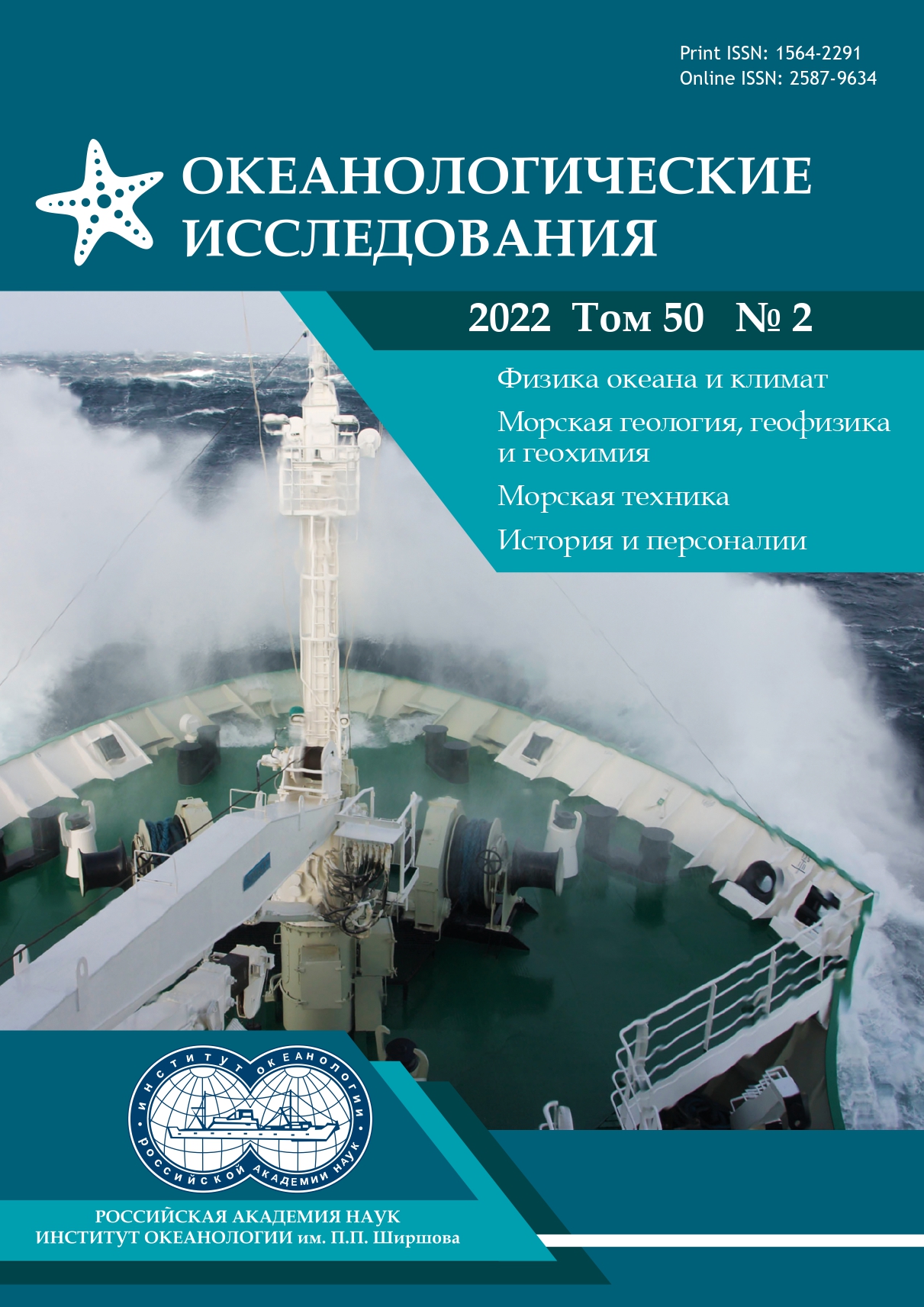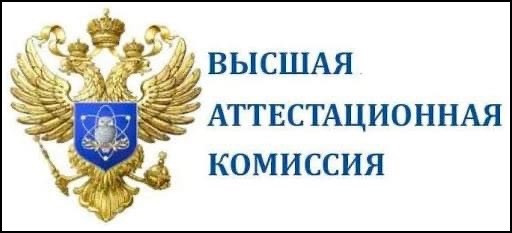SPILLMOD – МОДЕЛЬ ГИДРОДИНАМИЧЕСКОГО ТИПА ДЛЯ ИНФОРМАЦИОННОЙ ПОДДЕРЖКИ РЕАГИРОВАНИЯ НА РАЗЛИВЫ НЕФТИ В МОРЕ
Аннотация
SPILLMOD представляет собой реализованную в виде программного комплекса математическую модель эволюции морских разливов нефти. Для решения системы уравнений типа мелкой воды в области со свободными и контактными границами произвольной конфигурации был создан новый Эйлерово-Лагранжев вычислительный метод. Отличительной чертой модели является возможность рассчитывать поле толщины нефтяного загрязнения при наличии контактных границ с учетом процессов растекания и выветривания. При расчете испарения высоковязких типов нефти учитывается фактор демпфирования скорости испарения за счет молекулярной диффузии компонент нефти в жидкой фазе. Расчет естественного диспергирования слоя нефти проводится с учетом состояния поверхности моря, экспериментальных данных о дроблении пленки нефти в слое волнового перемешивания и турбулентной диффузии в верхнем слое океана, учетом физико-химических свойств поверхностного загрязнения. Дополнительный модуль в модели разработан для оценки зон возможного обнаружения разлива. Приведенные примеры использования модели в условиях реальной конфигурации портовых акваторий и для реально произошедших аварийных разливов демонстрируют заявленные качества модели как инструмента информационной поддержки работ по ликвидации аварийных разливов нефти на поверхности моря и других водных объектов.
Литература
- Зацепа С. Н., Дианский Н. А., Журавель В. И., Ивченко А. А., Коротенко К. А., Солбаков В. В., Становой В. В., Фомин В. В. Моделирование разливов нефти в море для планирования мероприятий по обеспечению экологической безопасности при реализации нефтегазовых проектов. Часть 1: Методология // Проблемы Арктики и Антарктики. 2015. № 4 (106). С. 27–39.
- Зацепа С. Н., Ивченко А. А., Москвичев А. М., Солбаков, В. В., Становой В. В. К оценке области возможного обнаружения нефтяного загрязнения при прогнозировании распространения аварийных разливов нефти в море // Проблемы Арктики и Антарктики. 2014b. № 4 (102). С. 61–70.
- Зацепа С. Н., Ивченко А. А., Солбаков В. В., Становой В. В. Прогнозирование распространения нефти и нефтепродуктов в случае аварийного разлива на морских акваториях: научно-методическое пособие. М.: АО «Финпол», 2018a. 140 с.
- Зацепа С. Н., Ивченко А. А., Коротенко К. А., Солбаков В. В., Становой В. В. Феноменологическая модель диспергирования нефтяного разлива в море и параметризации некоторых процессов // Океанология. 2018b. Т. 58. № 6. С. 843–853. ttps://doi.org/10.1134/S0030157418060163.
- Зацепа С. Н., Ивченко А. А., Журавель В. И., Солбаков В. В. Исследование чувствительности псевдокомпонентной модели испарения нефти к вариации параметров // Процессы в геосредах. 2020. Вып. 2. P. 662–674.
- Овсиенко С. Н., Эфроимсон В. О. О граничных условиях в моделях динамико-термического перераспределения ледяного покрова. В сб.: Исследование ледяного покрова Северо-Западных морей. М.: Наука, 1983. С. 8–22.
- Семанов Г. Н., Гутник А. Н., Зацепа С. Н., Ивченко А. А., Солбаков В. В., Становой В. В., Шиваев А. С. Анализ суммарной экологической выгоды – инструмент принятия решения при ликвидации разливов нефти // Арктика: экология и экономика. 2017. № 1. С. 47–58.
- Солбаков В. В., Зацепа С. Н., Ивченко А. А., Становой В. В. О методике расчета области вероятного обнаружения нефтяного загрязнения на поверхности моря // Проблемы Арктики и Антарктики. 2016. № 4 (110). C. 5–13.
- Трошко К. А., Денисов П. В., Лаврова О. Ю., Лупян Е. А. Наблюдение загрязнений реки Амбарной, возникших в результате аварии на ТЭЦ-3 города Норильска 29 мая 2020 г. // Современные проблемы дистанционного зондирования Земли из космоса. 2020. Т. 17. № 3. C. 267–274.
- Шупляк А. Ю., Шкаруппа С. П., Штеренберг А. М. Математическое моделирование массопереноса в процессе испарения многокомпонентных жидкостей // Вестн. Сам. гос. техн. ун-та., сер. Физ-мат. науки. 2013. № 3. С. 98–109.
- Ahn D. B. The spreading of a very viscous liquid on a water surface. M. Eng. Thesis – McGill University. Canada, 1978. 134 р.
- Barker C. H., Kourafalou V. H., Beegle-Krause C. J., Boufadel M., Bourassa M. A., Buschang S. G., and Zheng Y. Progress in Operational Modeling in Support of Oil Spill Response // Journal of Marine Science and Engineering. 2020. Vol. 8. No. 9. P. 1–55.
- Belore R., Buist I. Sensitivity of oil fate model predictions to oil property inputs // Proc. Of the 17th Arctic and Marine Oil spill Program (AMOP) Technical Seminar. 1994. Canada. 7 p.
- Blokker P. C. Spreading and evaporation of petroleum products on water // Proc. 4th Int. Harbour conf. Antverpen. 1964. P. 911–919.
- Brandvik P. J., Johansen Ø., Farooq U., Angell G., and Leirvik F. Sub-surface oil releases – Experimental study of droplet distributions and different dispersant injection techniques – version 2. A scaled experimental approach using the SINTEF Tower basin. // SINTEF report No. A26122. Trondheim, Norway, 2014. ISBN: 9788214057393.
- Cormack D. Response to Marine Oil Pollution (Vol. 2). Springer Science & Business Media, 1999.
- Delvigne G. A. L., Sweeney C. E. Natural dispersion of oil // Oil and Chemical Pollution. 1988. Vol. 4. No. 4. P. 281–310.
- DiPietro N. D., Cox R. G. The spreading of a very viscous liquid on a quiescent water surface // Quart. J. Mech. Appl. Math. 1979. Vol. 32. Part. 4. P. 355–381.
- Fannelop T. K., Waldman G. D. The Dynamics of Oil Slicks // AIAA JOURNAL. 1971. Vol. 10. No. 4. P. 506–510.
- Fay J. A. The spread of oil slicks on a calm sea. In Oil on the Sea. Springer, Boston, MA, 1969. P. 53–63.
- Fay J. А. Physical processes in the spread of oil on a water surface // International Oil Spill Conference. American Petroleum Institute. 1971. Vol. 5. No. 1. P. 463–467.
- Harlow F. H. The particle-in-cell computing method for fluid dynamics in fundamental methods in Hydrodynamics // Methods Comput. Phys. 1964. Vol. 3. P. 319–345.
- Hoult D. P. Oil spreading on the sea // Annual review of fluid mechanics. 1972. P. 341–368.
- ITOPF 2014: Fate of Marine Oil Spills, Tech. Rep. // Technical Information Paper 02. The International Tanker Owners Pollution Federation. 12 p.
- Keramea P., Spanoudaki K., Zodiatis G., Gikas G., and Sylaios G. Oil Spill Modeling: A Critical Review on Current Trends, Perspectives, and Challenges // J. Mar. Sci. Eng. 2021. 9. 181. https://doi.org/10.3390/ jmse9020181.
- Korotenko K. A. Effects of mesoscale eddies on behavior of an oil spill resulting from an accidental deepwater blowout in the Black Sea: an assessment of the environmental impacts // PeerJ. 6. 2018. e5448. https://doi.org/10.7717/peerj.5448.
- Li Z., Spaulding M. L., French-McCay D. An algorithm for modeling entrainment and naturally and chemically dispersed oil droplet size distribution under surface breaking wave conditions // Marine Pollution Bulletin. 2017. Vol. 119. P. 145–152.
- McAuliffe C. D. Organism exposure to volatile/soluble hydrocarbons from crude oil spills – a field and laboratory comparison. In: International Oil Spill Conference. American Petroleum Institute. 1987. No. 1. P. 275–288.
- Mackay D., Buist I., Mascaraenhas R., and Paterson R. Oil spill process and models // Report – EE8. Univercity of Toronto. Report to Environment Protection Service. Ottava. Ontario. Canada. 1980. 93 p.
- Nakamura Y., Hayakawa N. Modelling of thermal stratification in lakes and coastal seas. Hydrology of Natural and Manmade Lakes // Proceedings of the Vienna Symposium. August, 1991. IAHS Publ. 1991. No. 206. P. 227–236.
- Nelson-Smith A. Oil pollution and marine ecology. London, 1972. 260 p.
- Nihoul J. C. A non-linear mathematical model for the transport and spreading of the oil slicks // Ecol. Modelling. 1984. Vol. 22. No. 1–4. P. 325–339.
- Ovsienko S., Zatsepa S., Ivchenko A. Study and modelling of behavior and spreading of oil in cold water and in ice conditions // Proc. POAC. Helsinki. Finland, 1999. 23–26 August. P. 848–858.
- Riazi M. R., Edalat M. Prediction of the rate of oil removal from seawater by evaporation and dissolution // J. Petroleum Sci. Eng. 1996. Vol. 16. P. 291–300.
- Röhrs J., Dagestad K. F., Asbjørnsen H., Nordam T., Skancke J., Jones C. E. and Brekke C. The effect of vertical mixing on the horizontal drift of oil spills // Ocean Science. 2018. 14 (6). 1581–1601.
- Sebastião P., Soares C. G. Uncertainty in predictions of oil spill trajectories in a coastal zone // Journal of Marine Systems. 2006. Vol. 63. P. 257–269.
- Sebastião P., Soares C. G. Uncertainty in predictions of oil spill trajectories in open sea // Ocean Engineering. 2007. Vol. 34 (3–4). P. 576–584.
- Spaulding M. L. State of the art review and future directions in oil spill modeling // Marine pollution bulletin. 2017. Vol. 115 (1–2). P. 7–19.
- Stanovoy V. V., Neelov I. A., Eremina T. R., Isaev A. V., Vankevich R. E., and Ryabchenko V. A. Modelling of oil spills in ice conditions in the Gulf of Finland on the basis of an operative forecasting system // Oceanology. 2012. Vol. 52. No. 6. P. 754–759.
- Stronach J. A., Hospital A. The implementation of molecular diffusion to simulate the fate and behavior of a diluted bitumen oil spill and its application to stochastic modelling. In: Proceedings of the 37th AMOP Technical Seminar on Environmental Contamination and Response. 2014. Ottawa. ON: Environment Canada. P. 353–373.
- Zatsepa S., Ivchenko A., Ovsienko S. A local operative model for oil drift and dispersion // Proc. Combating marine oil spills in ice and cold conditions. 1992a. Helsinki, Finland. 1–3 December. P. 189–192.
- Zatsepa S., Ivchenko A., Ovsienko S. Mathematical modelling of oil behavior in ice covered sea // Proc. Combating marine oil spills in ice and cold conditions. Helsinki. 1992b. P. 185–188.
Передача авторских прав происходит на основании лицензионного договора между Автором и Федеральным государственным бюджетным учреждением науки Институт океанологии им. П.П. Ширшова Российской академии наук (ИО РАН)













